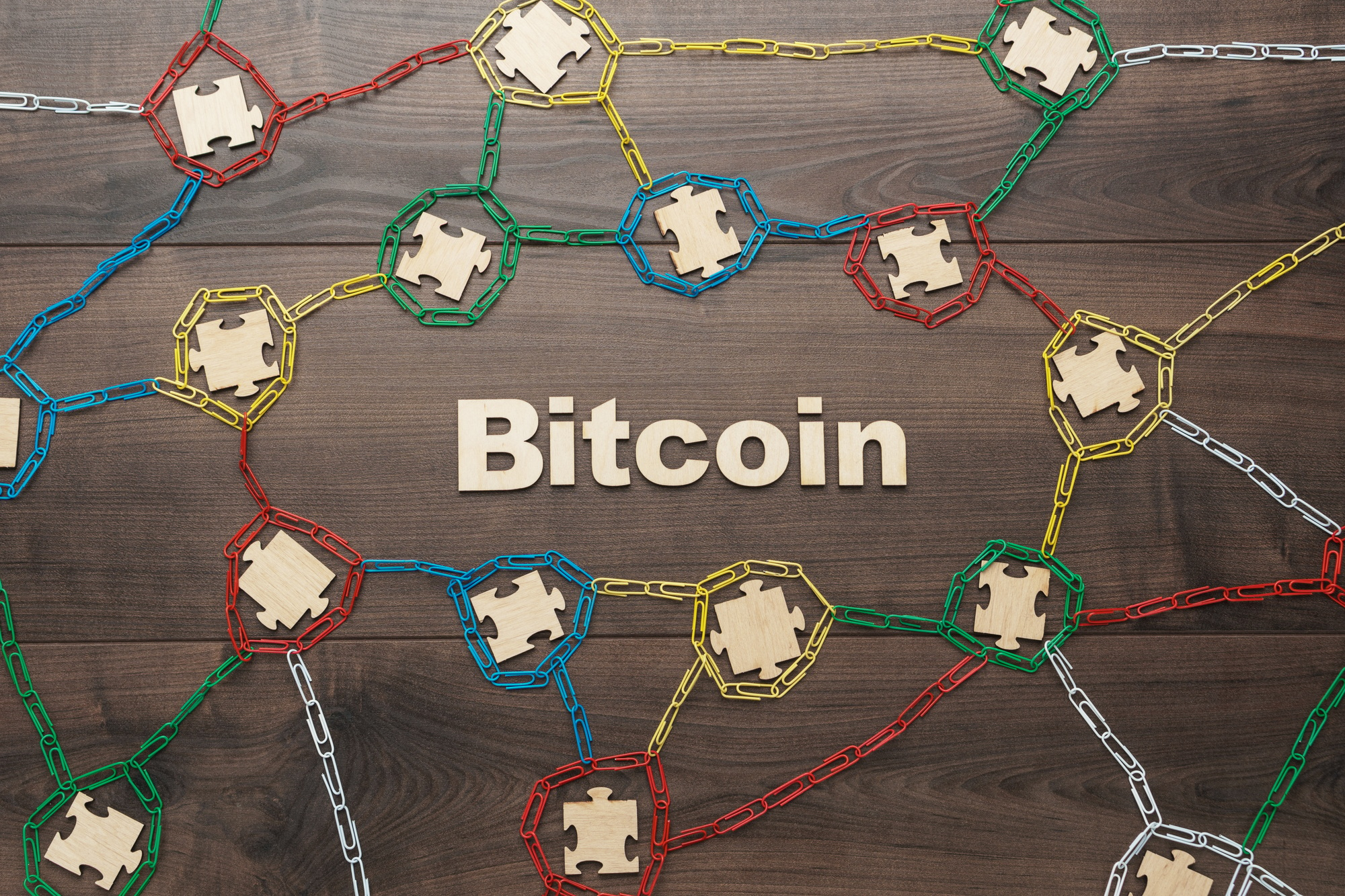Circle, a major player in the cryptocurrency industry, has recently made a strategic decision to adopt an Layer 1 (L1) blockchain platform. This choice marks a notable development in the ongoing evolution of blockchain technology and the competitive dynamics within the crypto space.
Over the past few years, Circle has established itself as a dominant force in the digital asset market, primarily through its stablecoin USDC and its emphasis on compliance and security. The company’s move to an L1 blockchain reflects its desire to enhance scalability, security, and decentralization, which are crucial factors for supporting its global financial infrastructure.
Traditionally, many projects in the crypto industry have relied on Layer 2 solutions or alternative chains to improve transaction speeds and reduce costs. However, Circle’s decision to embrace an L1 blockchain signifies a shift towards a more autonomous and resilient infrastructure. This decision could challenge Ethereum’s dominance, as Ethereum currently serves as the primary L1 platform for a vast ecosystem of decentralized applications (dApps) and smart contracts.
Implementing an L1 blockchain allows Circle to have greater control over its network, optimize performance tailored to its needs, and potentially reduce reliance on Ethereum’s network congestion and high gas fees. This strategic move may also influence other organizations and projects to reconsider their blockchain infrastructure choices, potentially leading to a more diversified and competitive landscape.
Industry experts are observing this development closely, as it could accelerate innovation in blockchain technology and reshape the competitive ecosystem. While Ethereum remains the leading platform for decentralized applications, Circle’s shift might prompt a reevaluation of the benefits and drawbacks of different blockchain architectures.
Looking ahead, market watchers will be monitoring how this decision impacts Circle’s performance, its partnerships, and the broader adoption of L1 solutions. Additionally, the evolution of Ethereum’s scalability solutions, such as sharding and layer 2 integrations, will be critical to observe in response to this change.
What does this mean for Ethereum’s future?
It could signal increased competition and innovation in blockchain infrastructure, possibly prompting Ethereum to accelerate its scalability and security upgrades.
Will other companies follow Circle’s lead?
Many organizations are evaluating their blockchain strategies, and some may choose to develop or adopt their own L1 solutions to enhance control and performance.
How might this influence the broader crypto ecosystem?
This could lead to a more diverse ecosystem with multiple L1 platforms competing for adoption, ultimately benefiting developers and users with more options and improved technology.







